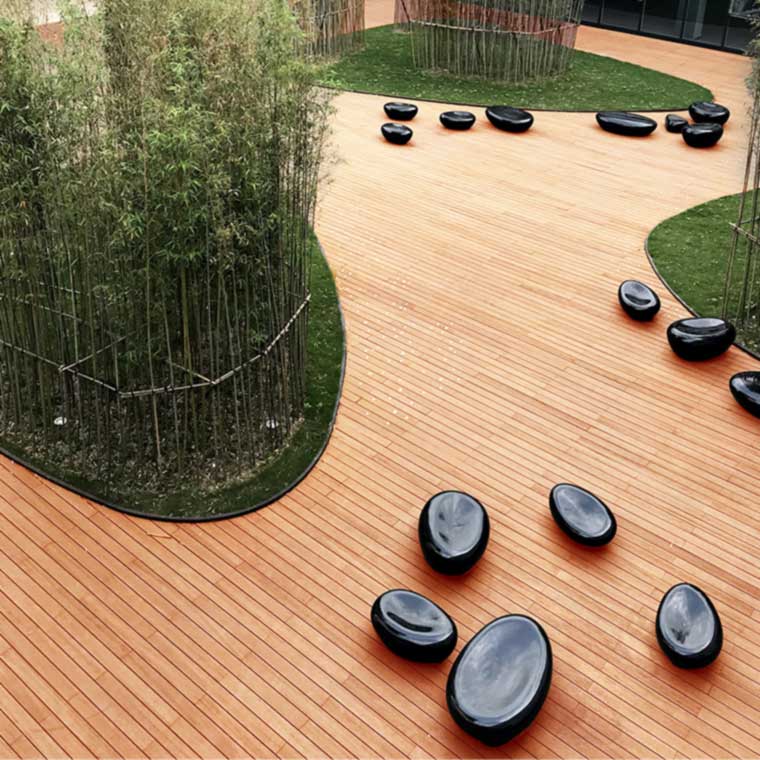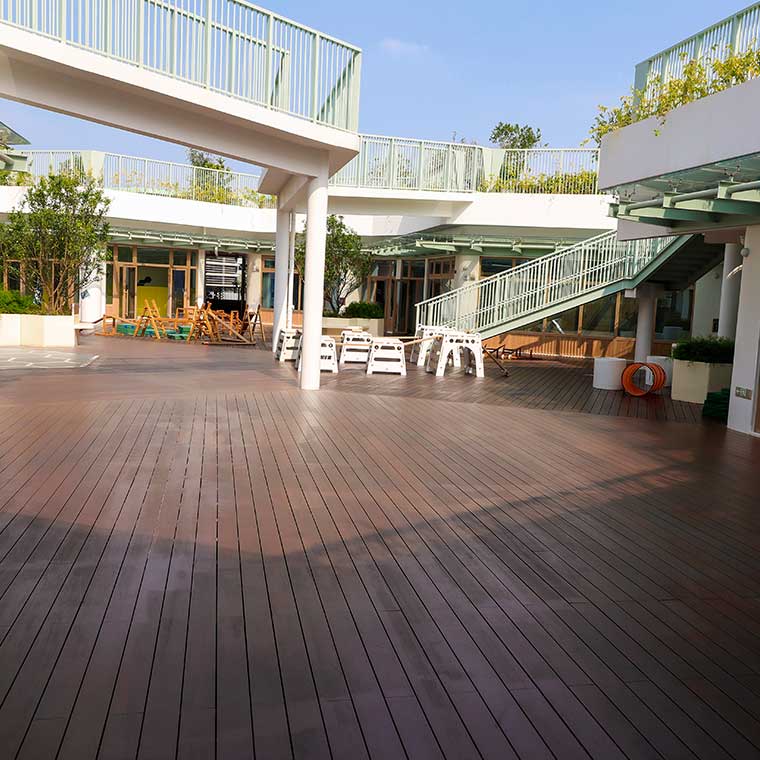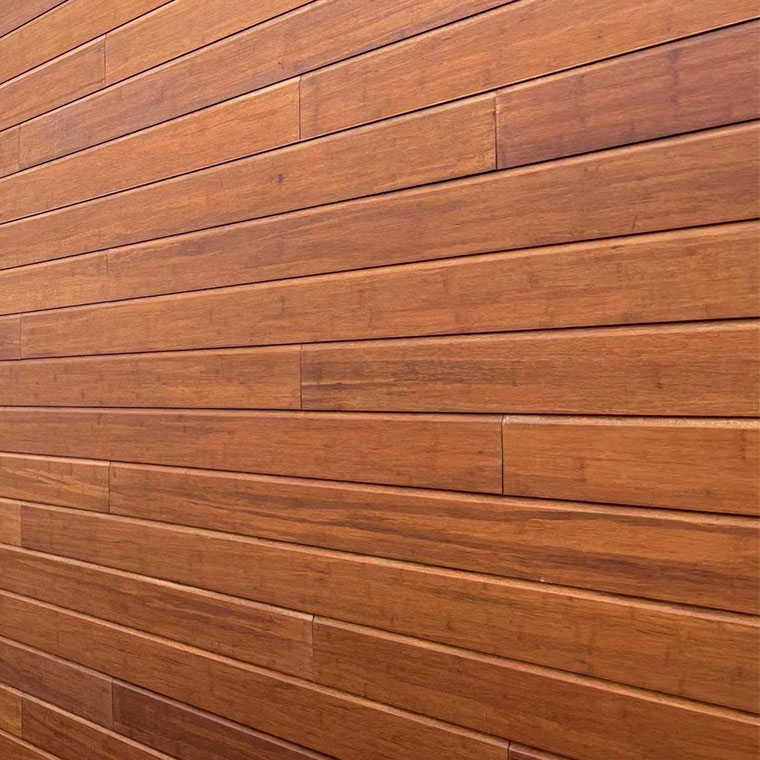Bamboo is stronger and more durable than wood, which makes it an ideal building material for outdoor living space. In addition, due to the high regeneration rate and its ability to sequester high amounts of CO2, bamboo is considered one of the most eco-friendly flooring materials on the market. Many customers are very interested in such material, however most of them know very little about bamboo products. How are these bamboo products made? Many customers want to know the production process of strand-woven bamboo products.
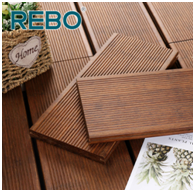
There are a series of processing steps to produce strand-woven bamboo:
The first step is raw material selection. The fast-growing Moso bamboo is chosen as the raw material, which reaches its full height, 40 to 80 feet. If harvested stalk by stalk, without clear-cutting, it regrows in five to six years, making it a rapidly renewable resource and very friendly to the environment.

The Second step is splitting and grinding. The strong middle part of the bamboo is selected and cut into bamboo strips, eliminating the green surface and retaining the essence, the bamboo strips are grinding into bamboo fibers. It requires even grinding, neither too big nor too small. Only after such treatment can the bamboo strips be glued firmly. Bamboo strips shall be sorted carefully and those with non-conforming processing sizes and large color differences must be removed from the production line.
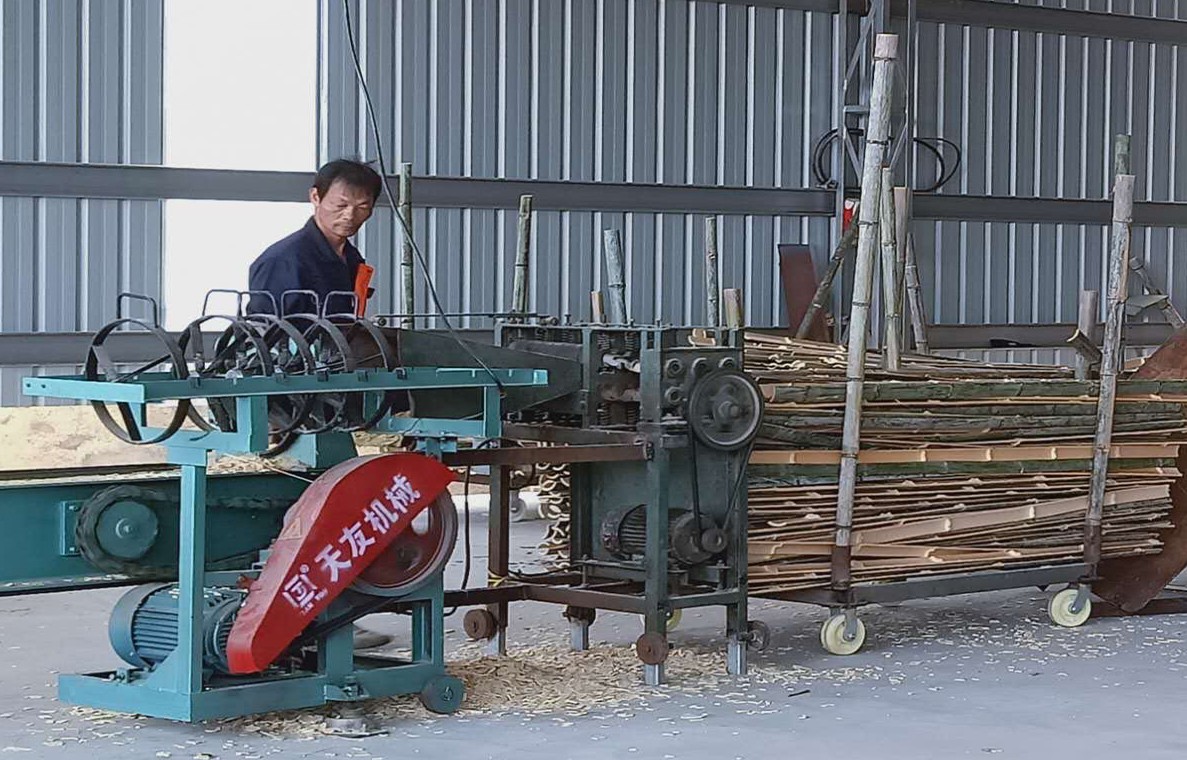
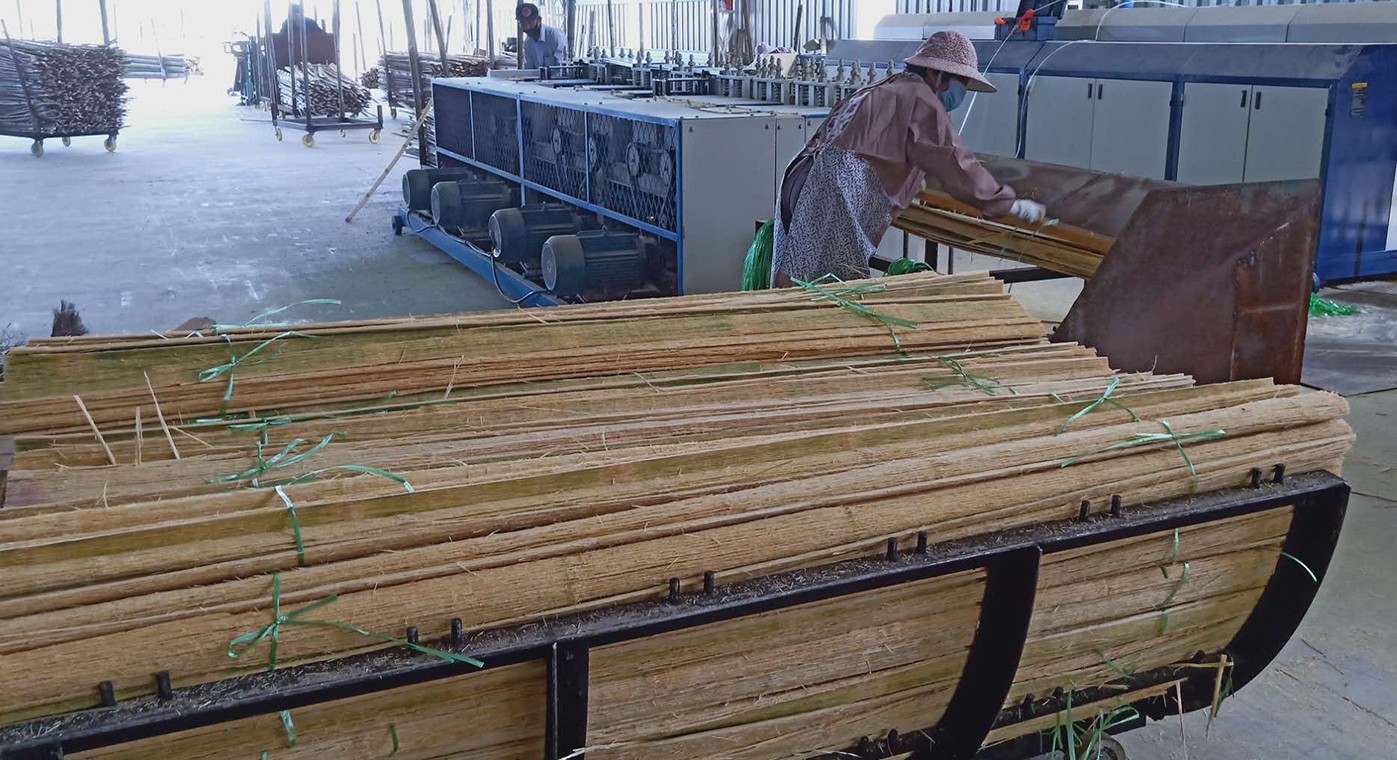
The third step is carbonization. The key factor is the carbonization temperature and carbonization time. There are normally two types, medium carbonization and deep carbonization, which appear in two colors--light color and dark color. The chemical composition of bamboo is the same as that of wood, mainly cellulose, hemicellulose, lignin, and extraction substances. However, bamboo contains more protein, sugar, starch, fat, and wax than wood, and is susceptible to erosion by insects and fungi under the condition of appropriate temperature and humidity. Therefore, bamboo strips must be carbonized through high-heat treatment to remove sugar, nutrients, worms, insects, etc.
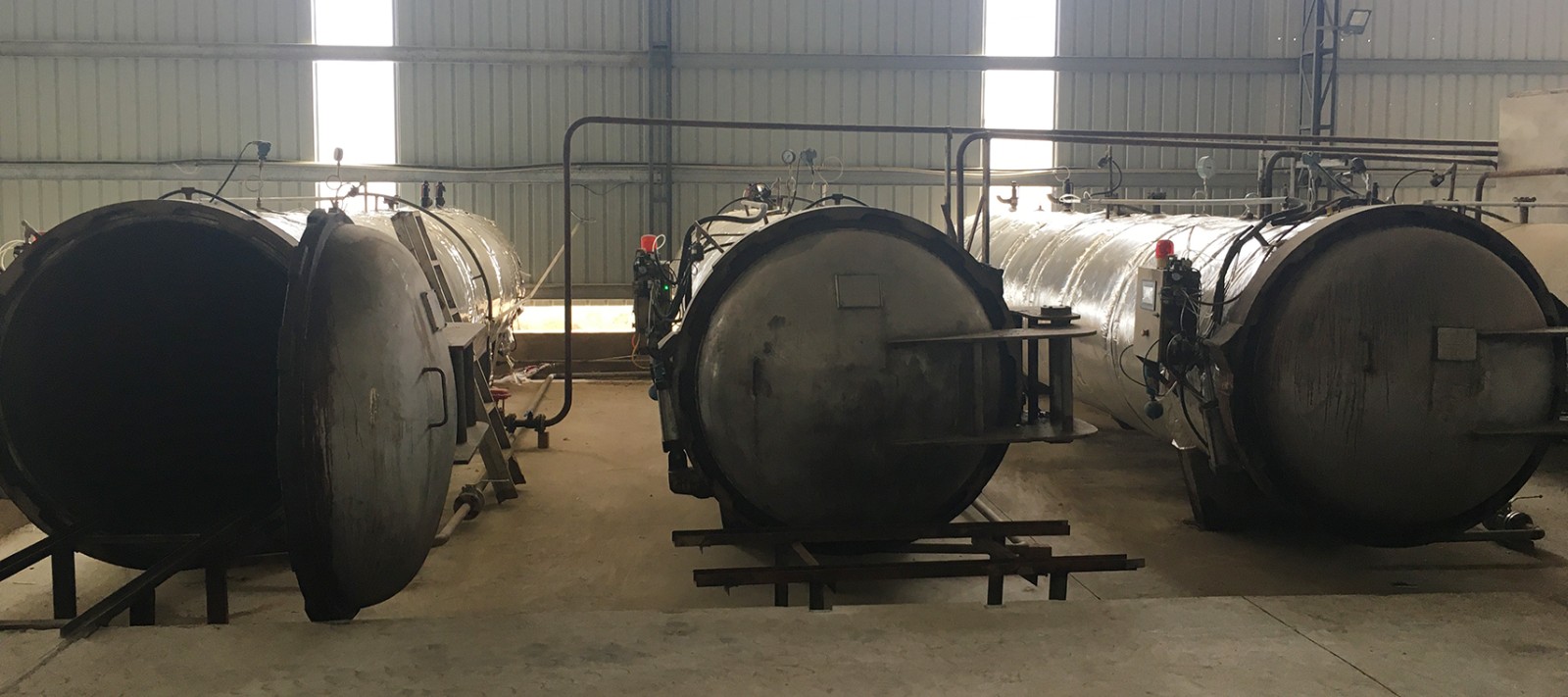
The fourth step is the drying, glue soaking, and balancing. The balancing process is important, it helps to integrate the bamboo fibers that are either too dry or too moist. Normally 7-14 days of balancing time is necessary.
The moisture content of bamboo directly affects the size and shape stability of finished bamboo products. It should be controlled according to the local climate and use environment. To ensure the quality of bamboo products, the bamboo strips need to be fully dried before gluing.
The fifth step is the key process -- hot pressing: We use the 2700-ton hot pressing machines to produce. There are two lines, one is 20 layers and the other is 25 layers, both with 2700 tons pressure. Through 2700 tons of hot pressing technology, the big bamboo boards are formed and have the characteristics of high durability and high stability.
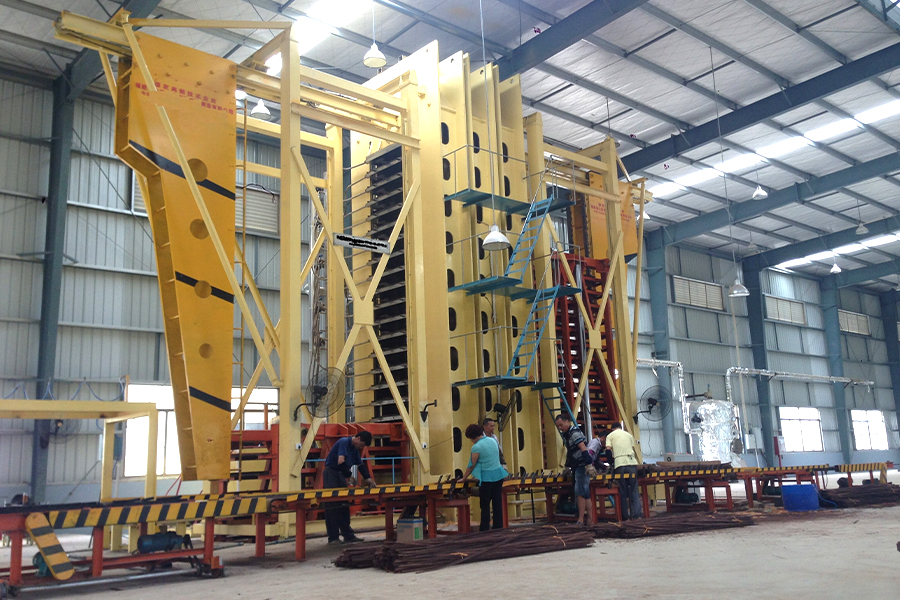
The sixth step is cutting, sanding, profiling, and oiling.
1. Cutting: The big bamboo boards are cut into small panels with a width of 140mm.
2. Sanding: To ensure good painting, one layer of paint must be sanded, and after repeated sanding and painting, the surface is smooth, flat, and free of bubbles. Therefore, the bamboo panel is easy to do the profiling and oiling.
3. Profiling: The bamboo panels will be made some profiles to the customers' requirements, such as the thickness fixing, the surface profile making, the tongue and groove head, etc.
4. Oiling: Oiling is the last step of producing. It protects panels and prolongs shelf life.
The final process is the package. The QC will inspect the panels throughout the whole process. After production is finished, QC will inspect the cargo again and judge whether the quality is okay. Qualified products will be packed.
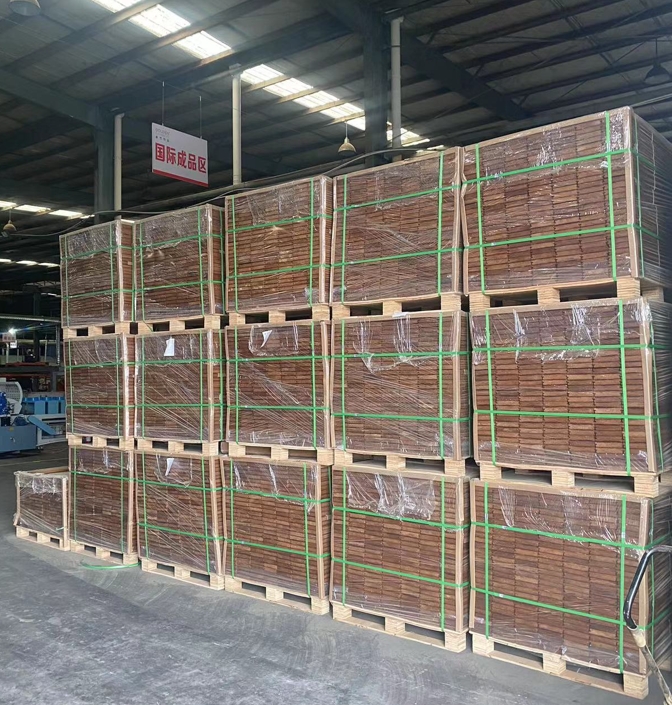
Each step is strictly controlled to make sure quality is guaranteed before delivery. Strand woven bamboo is becoming the trend in the markets, it is very strong, hard, and durable, which is very suitable for outdoor. Future needs bamboo, make it happen!


